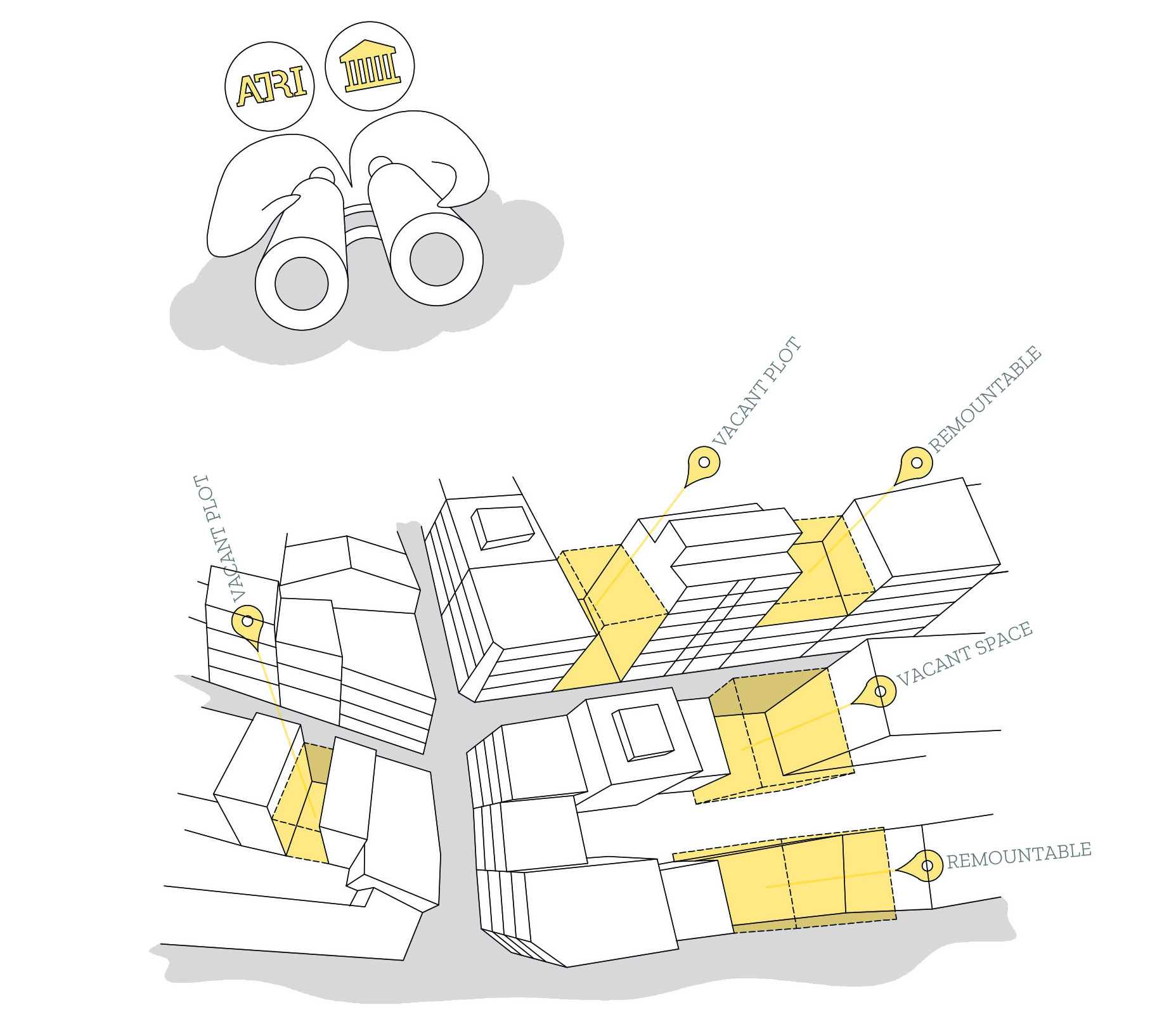The first step in the #ATRI strategy is to detect the gaps of opportunity that abound in the consolidated neighborhoods. These are spaces available, both public and private ownership, and with various urbanistic qualifications. They may be unbuilt plots, plots already constructed but that have not exhausted their buildability or free spaces - in principle, not buildable - excessively broad and therefore inactive, when not inhospitable, insecure or difficult to maintain.
The detection of these voids is intuitive, based on common sense, and therefore, its suitability is conditioned to the subsequent confirmation from the legal, economic, urbanistic or constructive point of view. In addition, the detection of voids is inductive and discretionary, that is to say that in no case they are chosen in a massive and indiscriminate way, but one by one, being careful not to generate grievances to the urban environment. At first stages, the detection process can be carried out by the #ATRI team or by the department of Urbanism and Housing of the Municipality, although, in the medium and long term, this endeavor can be shared with other agents, like other municipal departments or even grassroots associations, NGO’s and so on.


